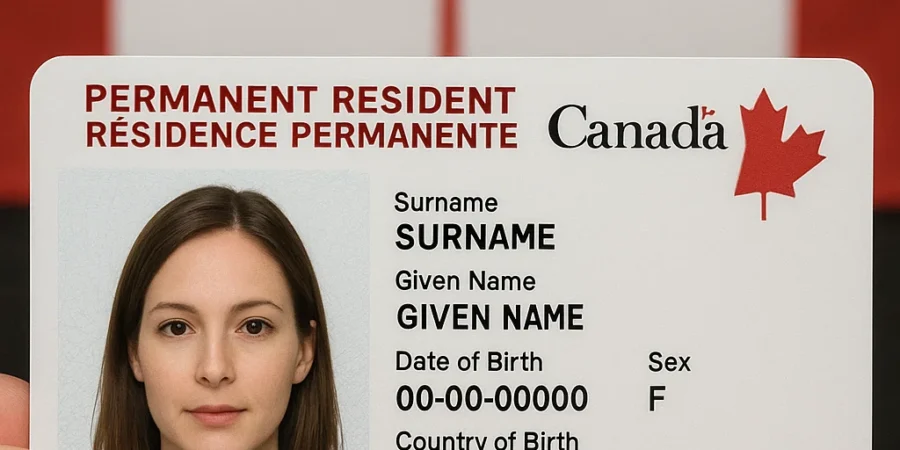A Step-by-Step Guide
Canada is known for its welcoming attitude towards immigrants, offering various pathways to permanent residency (PR). Whether you’re looking to move for work, family, or other reasons, understanding the application process is crucial.

1. Understand the Different PR Programs
Canada offers several immigration programs, each with its own eligibility criteria and application process. The most popular ones include:
- Express Entry: For skilled workers. This program uses a points-based system to rank candidates based on factors like age, education, work experience, and language proficiency. Learn more about Express Entry.
- Provincial Nominee Program (PNP): For those nominated by a Canadian province or territory. Each province has its own criteria and streams. Find out more about the PNP.
- Family Sponsorship: For those with family members who are Canadian citizens or permanent residents. This program allows you to sponsor your spouse, partner, dependent children, parents, and grandparents. Details on Family Sponsorship.
- Quebec-Selected Skilled Workers: For those selected by the province of Quebec. Quebec has its own immigration system with different criteria. More information on Quebec-Selected Skilled Workers.
- Start-Up Visa: For entrepreneurs starting a business in Canada. This program requires a commitment from a designated organization to support your business. Learn more about the Start-Up Visa.
2. Check Your Eligibility
Before applying, it’s essential to determine if you meet the eligibility requirements for your chosen program. Factors typically considered include:
- Age
- Education
- Work experience
- Language proficiency (English or French)
- Job offer (if applicable)
- Adaptability
You can use tools like the Comprehensive Ranking System (CRS) calculator to check your score for Express Entry.
3. Gather Necessary Documents
The application process requires various documents to prove your eligibility. Commonly required documents include:
- Passport or travel document
- Language test results (IELTS, CELPIP, or TEF)
- Educational credential assessment (ECA)
- Proof of work experience
- Police certificates
- Medical exams
- Proof of funds
Ensure you have all the necessary documents ready before starting your application. Detailed document requirements can be found on the IRCC website.
4. Create an Online Permanent Residency Profile
For programs like Express Entry, you’ll need to create an online profile. This profile will include your personal information, work experience, education, and language test results. Based on this information, you’ll receive a Comprehensive Ranking System (CRS) score.
5. Receive an Invitation to Apply (ITA)
If your CRS score is high enough, you’ll receive an Invitation to Apply (ITA) for permanent residency. This invitation is valid for 60 days, during which you must submit your complete application.
6. Submit Your Application
Once you receive an ITA, you can submit your application online through the Immigration, Refugees and Citizenship Canada (IRCC) portal. Ensure all required documents are uploaded and the application fee is paid. Detailed instructions for submitting your application can be found here.
7. Wait for Processing
After submitting your application, the processing time can vary depending on the program and your individual circumstances. Express Entry applications are typically processed within six months
8. Receive Confirmation of Permanent Residence (COPR)
If your application is approved, you’ll receive a Confirmation of Permanent Residence (COPR). This document is essential for your entry into Canada as a permanent resident.

9. Move to Canada
With your COPR in hand, you can make arrangements to move to Canada. Upon arrival, you’ll need to present your COPR and other relevant documents to the border services officer.
Applying for Canada permanent residency can be a complex process, but with the right information and preparation, you can navigate it successfully. Follow the steps outlined in this guide, and you’ll be well on your way to becoming a permanent resident of Canada.
For more detailed information, visit the IRCC website.
Read more UBZ blog!




Leave a Reply